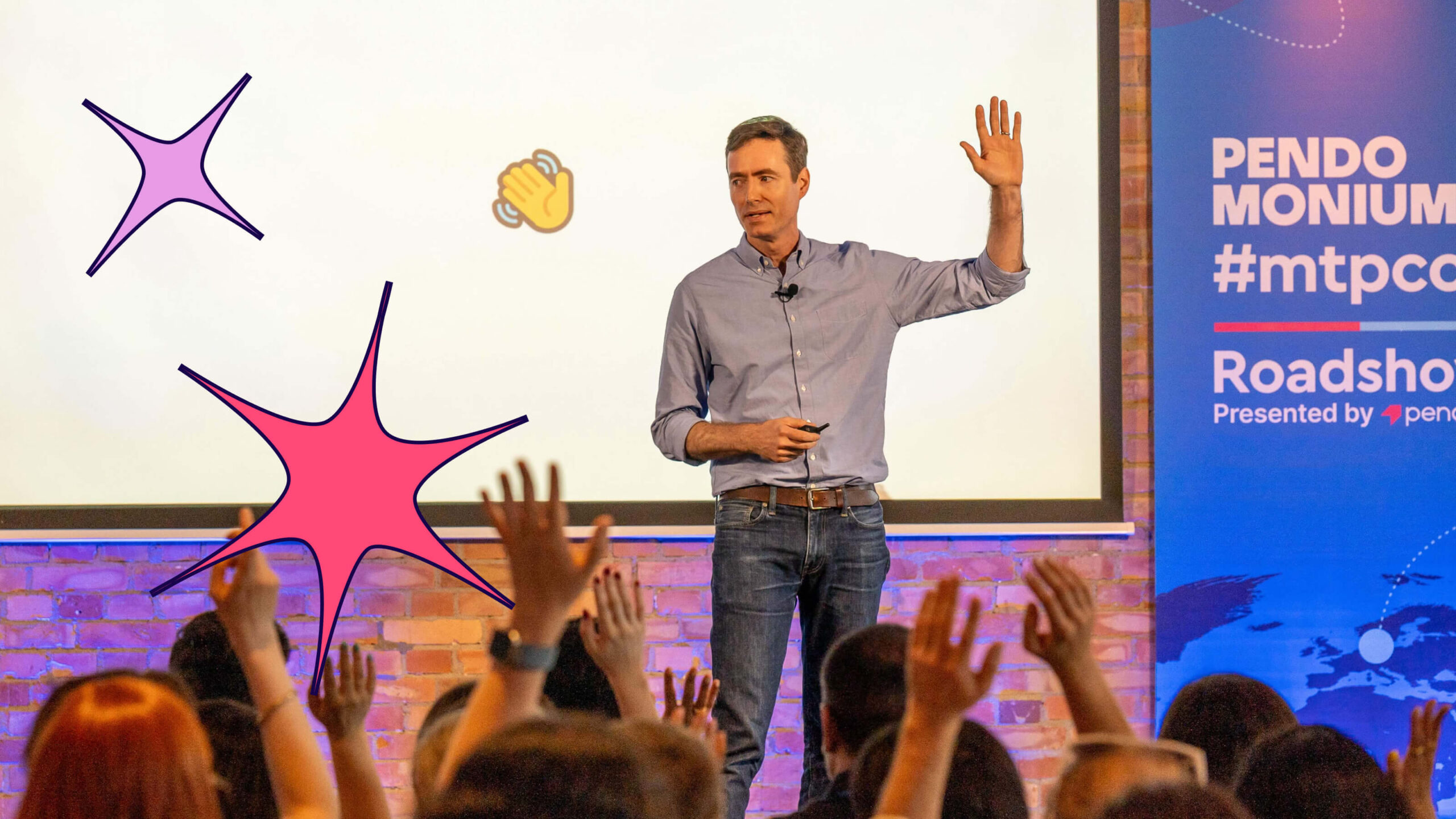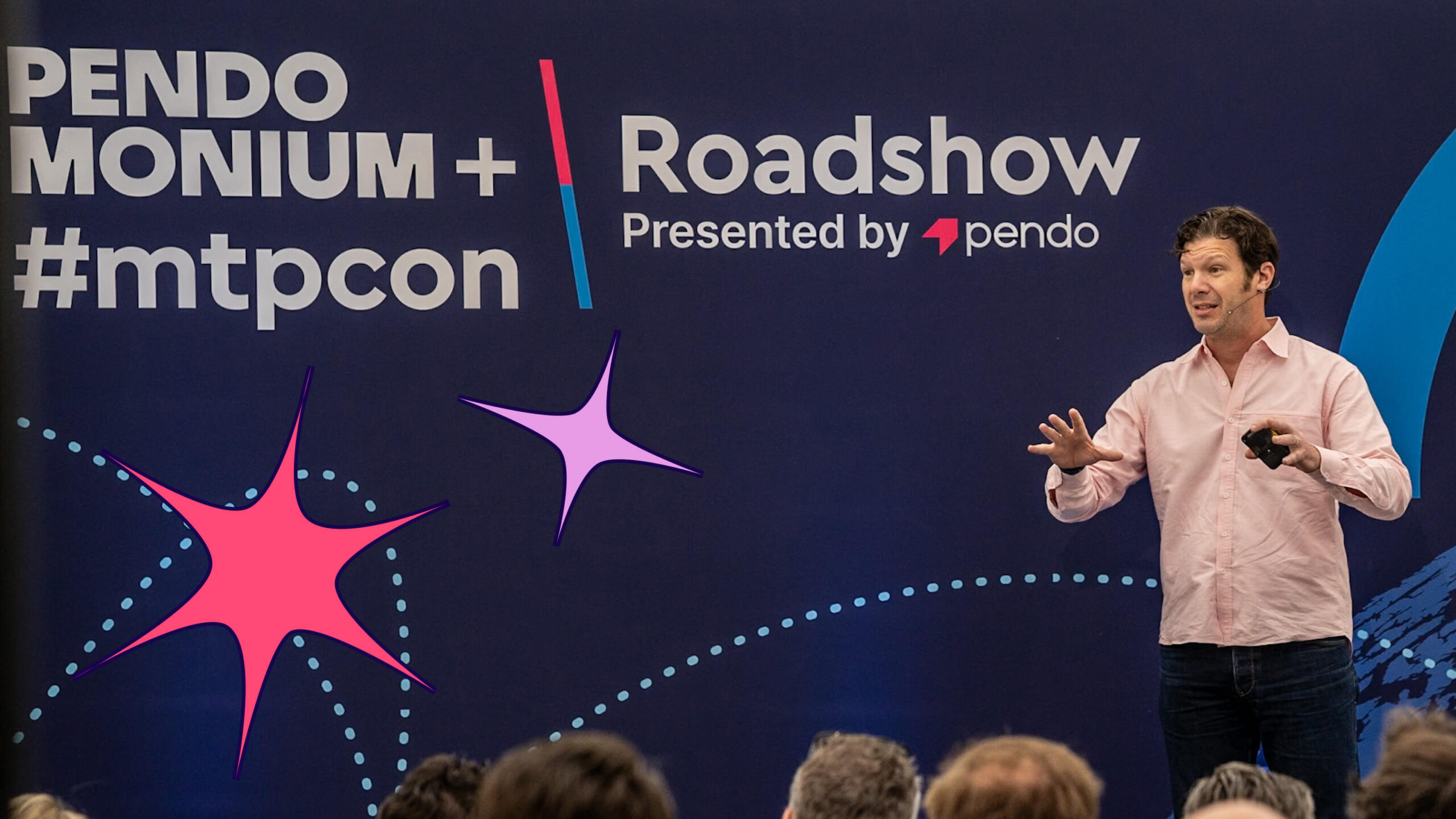2004 feels like a century ago.
Think about it. We didn’t have Airbnb and Uber. It would be three more years before the first iPhone would make its appearance, two years before the launch of AWS, and almost a full decade before the emergence of Slack.
But 2004 was the year that a mentor took a gamble, recommending me for a product manager role. It’s a year I think back to fondly. In the time since I’ve been fortunate enough to lead 40 B2B software products across six companies. During this time, I’ve seen our field change drastically, grow exponentially, and become a darling of the tech world.
I’ve been thinking recently about those early days of product management. What has changed? What remains the same? How has this field evolved in the past decade and a half?
The Consumerization of the Product Manager
Google’s famous APM program may date back to 2002, however in 2004 product management was still primarily an enterprise software prerogative. Sure, I’ve met PMs working on mining equipment and on phones for hard of hearing individuals, but the majority of product folks back then were concentrated in the Cisco’s and Oracle’s of the world.
Nowadays, it feels like ¾ of product meetups, talks, and articles are in the B2C space. Smartphones, among many other things, have opened up a whole new ecosystem of products and services that didn’t exist before, and with it, a growing need for PMs. When I got into product management, most of the software we used was on our office computers, but now we’re walking around with much more powerful computers in our pockets. Software is now a part of every facet of our lives. PMs are no longer building highly specialized or corporate software exclusively, but everything from services that help us buy groceries to homes, to meditation apps.
Getting Out From Under the Waterfall
The Agile Manifesto was written in 2001 at the Snowbird ski resort in Utah and the Scrum Alliance was founded in 2002. However, in my experience, most enterprise companies did not adopt the agile processes and mentality in earnest until a decade later. Some are still struggling to adjust to the “new” world of tackling risks upfront, learning and iterating fast, solving problems (vs. delivering “output”), and truly empowering collaborative product teams.
Lean and Continuous Integration and Delivery (CI/CD) are a given almost anywhere you look, along with the occasional “Agile is dead” proclamations. Whatever you call the development process you adhere to today, you’re definitely not on the 9-12-month cycles of yesteryear. Product managers popularized agility as a mindset, taking it out of the realm of engineering and making it a business mindset now used by many other departments.
Mini-CEOs After All
In the early 2000’s, practically the only available training or certification program for product managers was — somewhat counterintuitively named — Pragmatic Marketing. Now you can obtain training and certifications in product management by investing anywhere from $5k for one week, to $65k for a year by getting a master’s degree in product management.
Not only is the PM industry “hot,” but it is also more valued and brought on at an earlier stage in a company lifecycle. In the earlier days, hiring a PM was considered to be a luxury and often happened after the company has reached 50-100 employees. Now, I see startups with 10-15 people getting their first PM hires. And rightfully so.
In most cases, the founder is the first PM. But, even at an early startup stage, a founder’s time is mostly consumed by non-product concerns like hiring, selling, and working with the board. There is very little time left to actually put things on “paper,” thinking through UI/UX, documenting use cases for QA, creating sales enablement or POC collateral, and many other things that a competent PM would be able to take on. In that sense, PMs are now living up to the mini-CEO role more than ever before.
Different, Different, but Same
A lot has changed since I first started in product management 14 years ago. It’s great to see how much the field has grown in both size and recognition, and of course, it’s nice to be part of something cool, even if it wasn’t that way when I first got into it.
Despite all the change that I’ve seen, the one thing that continues to be at the core of product management: product management is still about creating products that customers love. Frankly, this has only become more important. The Internet broadly, and SaaS specifically, have democratized technology and now everyone with a good idea and a bit of grit can make their products available to the world. But this also means that good technology alone no longer cuts it. Good products require the full package – from usability and licensing to customer success.
The essence of product management hasn’t changed. It is still more an art than a science. This is despite the fact that we now have more data at our disposal, better analytics, easier access to the voice of the customer, faster delivery mechanisms, etc. At the end of the day, product management is about imagining the future and predicting what businesses and consumers will want before they know they want it, and then being able to deliver on that. I knew that core essence before it was cool.


